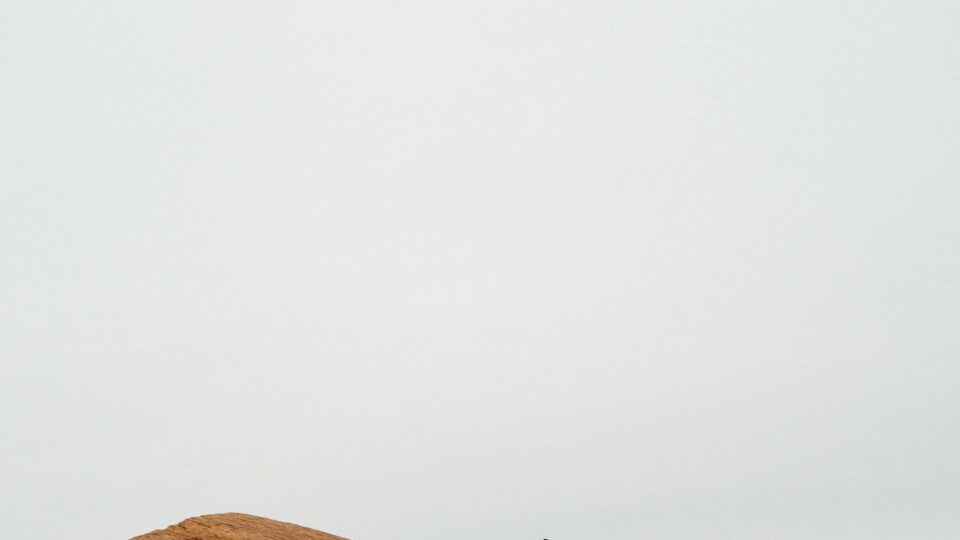How to shield yourself from chronic diseases that are brought on by modern habits
Studies indicate that few or no genetic adaptations have occurred to protect us from chronic diseases associated with modern day habits. In other words, our diet and lifestyle choices. Diseases such as heart disease, obesity, high blood pressure, type 2 diabetes, and osteoporosis (to name a few of the biggies), impact the quality of our life and our life expectancy.
If we desire healthy brains and bodies that carry us into our later years, then what we’re looking for is 2-fold: increased health-span and lifespan. Otherwise known as longevity. Longevity is influenced by genetics, the environment, and lifestyle. Reducing our risk of chronic degenerative diseases plays a major role. And it’s one that we can influence with some strategic changes to our environment and lifestyle.
Longevity: past vs present
Fortunately for us modern humans, we have had things like sanitation, vaccination, antibiotics, quarantine policies, medical care, political and social stability, and less physical trauma to thank for a higher life expectancy. Not too long ago, we had to contend with things like accidents, warfare, infections, and exposure to the elements.
Unfortunately, the pendulum is swinging the other way now, especially in industrialized countries. The modern age, although wonderful in many ways, has brought about some disruptive and maladaptive changes to our health, which have serious longterm consequences on our longevity.
Those changes include:
The development of the “junk food” industry
Generalized physical inactivity
Introduction and persistence of various pollutants
Avoidance of sun exposure/Lack of sufficient Vitamin D levels
Reduction in sleep time and quality
Increased chronic stress (of all kinds)
Reference: Research Reports in Clinical Cardiology 2011:2 15–35
To reduce our risk of chronic degenerative diseases, which afflict the majority of people in industrialized countries, we need to be pro-active on an individual level – starting with our habits. A healthier diet and lifestyle is going to support our efforts to increase our health status and lifespan.
Health markers (such as blood pressure), body composition, and physical fitness are strongly impacted by our environment and our habits. Genetics too, of course, but we don’t have much control over our genetics. The environment is another story. We can take action today by doing the following, or some variant of it.
Eat less junk food. Even just small changes here are meaningful. Like sharing a dessert or buying smaller pre-portioned servings of your favourite snacks.
Move your body more each day, whether that’s fidgeting, going for a stroll, playing with your dog, making a task inconvenient for yourself so that more movement is involved in completing it… you get the idea! Have fun with it. You’ll be more likely to stick with it if you find it fun.
Educate yourself on your environment, including food, water and everyday products. The Environmental Working Group is a great resource for making informed decisions that will help keep you and your family safe. Google: www.ewg.org/
Safe sun exposure (adjusted to skin type, climate, time of year, and geographic region) and/or supplementation with vitamin D may often be needed in order to achieve and maintain optimal vitamin D status. Talk to your doctor about getting your levels checked if suspect you are deficient in this critical vitamin.
Improve your sleep habits. Create a wind-down evening ritual that supports your transition to sleep and natural circadian rhythm.
Schedule time to buffer stress in your life – in personally meaningful ways, whether that’s physical touch, time with loved ones, or quiet time alone to reflect and disconnect.
It’s reassuring and motivating that we the ability to reduce our risk of chronic degenerative diseases and increase our longevity by making some simple – but powerful, shifts in our habits and environment. Of course, we can’t make all of these changes all at once. That wouldn’t be sustainable nor fair.
Consistency Over Intensity
Start small. Start off with just one commitment or goal. This isn’t a sprint. You’re here to build a healthier future version of yourself. Picture it like training for the “Centenarian Olympics” – a term coined by longevity doctor Peter Attia. You are training for a long, healthful, and functional life, which is not the same as training for performance.
Photo by Jeremy Lapak on Unsplash

